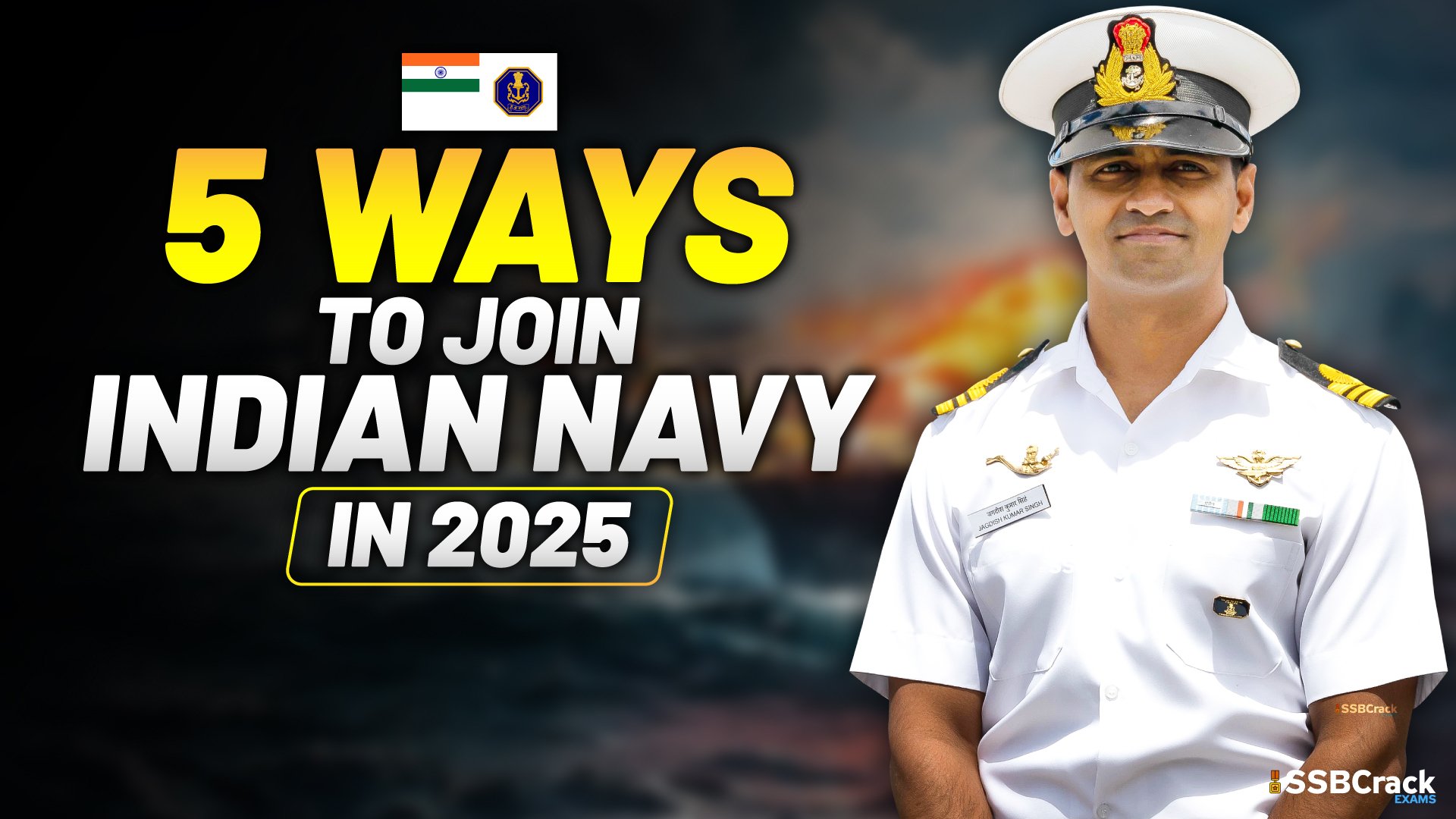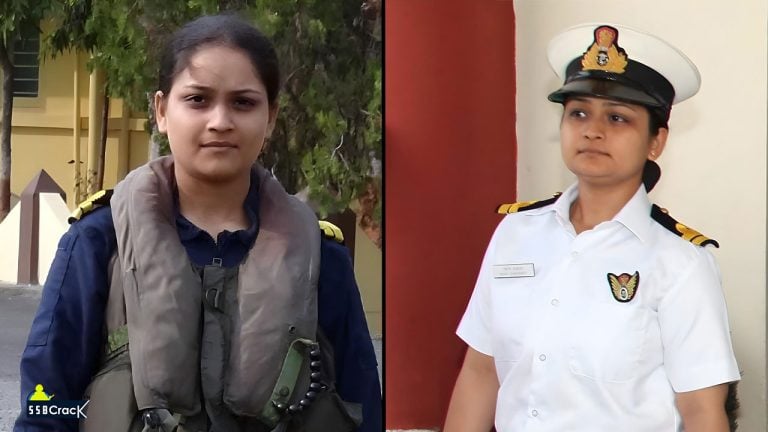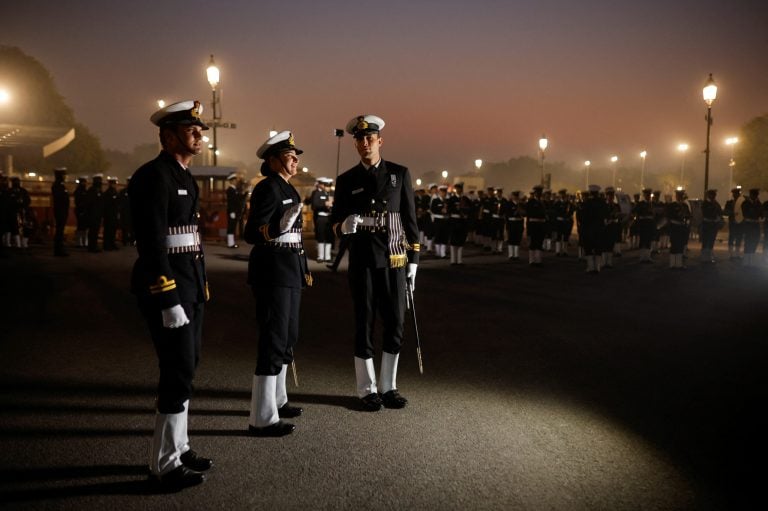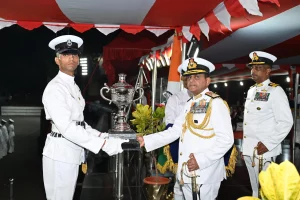Joining the Indian Navy is a prestigious endeavor that not only serves the nation but also offers a fulfilling career full of opportunities for growth and development. As one of the most formidable naval forces globally, the Indian Navy plays a crucial role in safeguarding the country’s maritime interests and ensuring national security. This article outlines various pathways for aspiring candidates looking to embark on this noble journey in 2025.
Understanding the Indian Navy
The Indian Navy is the maritime arm of the Indian Armed Forces, operating under the supreme command of the President of India. The Chief of Naval Staff, a four-star admiral, leads the navy. The primary mission of the Indian Navy is to protect the country’s maritime borders and deter threats to its sovereignty. This is achieved through a variety of operations, including anti-piracy missions and joint exercises with other nations.
The Importance of the Indian Navy
The Indian Navy’s strategic significance extends beyond mere defense. It plays a vital role in humanitarian assistance, disaster relief, and international maritime partnerships. Through goodwill visits and joint exercises, the navy fosters diplomatic ties and enhances regional stability. As a blue-water navy, it operates in crucial maritime regions, including the Persian Gulf, the South China Sea, and the Mediterranean.
Eligibility Criteria for Joining the Indian Navy
Before diving into the various ways to join, it is essential to understand the eligibility criteria. While specific requirements may vary depending on the entry scheme, the following general criteria apply:
- Nationality: Candidates must be Indian citizens.
- Age Limit: The age range typically varies from 19 to 25 years, depending on the entry scheme.
- Marital Status: Most entries require candidates to be unmarried.
- Educational Qualifications: Varies by entry scheme; typically includes higher secondary education or a degree in relevant fields.
1. Entry Through UPSC Examinations
The Union Public Service Commission (UPSC) conducts various examinations for candidates aspiring to join the Indian Navy. The two primary exams are:
NDA Exam (National Defence Academy)
- Eligibility: Candidates must have completed their 12th standard with Physics, Chemistry, and Mathematics.
- Selection Process: The selection involves a written examination followed by an SSB (Services Selection Board) interview. Successful candidates undergo medical examinations before final selection.
CDS Exam (Combined Defence Services)
- Eligibility: This exam is for graduates who wish to join the Indian Navy through the Indian Naval Academy.
- Selection Process: Similar to the NDA, candidates must pass a written test, followed by an SSB interview and medical evaluation.
2. Non-UPSC Entry: Indian Navy Entrance Test (INET)
The Indian Navy conducts the INET for candidates looking to join as officers in various branches. Here’s what you need to know:
- Eligibility: Candidates should possess a B.E./B.Tech degree with a minimum of 60% marks from an AICTE-recognized institution. Both male and female candidates aged 19 to 25 are eligible.
- Selection Process: The process includes an online examination followed by an SSB interview and medical tests.
3. Direct Entries
10+2 Cadet Entry Scheme
- Eligibility: Candidates who have completed their 12th standard with a focus on Science can apply.
- Selection Process: Selected candidates undergo training at the Indian Naval Academy for a B.Tech course, after which they are granted a permanent commission.
NCC Entry Scheme
- Eligibility: University graduates with an NCC ‘C’ certificate (minimum ‘B’ grade) and at least 50% marks in their graduation are eligible.
- Selection Process: Candidates are directly selected through the SSB interview and will undergo a Naval Orientation Course.
Indian Navy SSC Officer Entry Scheme
This scheme invites applications for various branches, including:
- Educational Branch: Permanent and Short Service Commission options are available.
- Engineering and Electrical: Short Service Commission through various schemes, with permanent commission through the 10+2 Cadet Entry Scheme.
- Executive Branch: Short Service Commission available for various roles, including Air Traffic Control, Logistics, and Law.
4. Special Naval Architecture Entry Scheme (SNAES)
The SNAES is a unique entry scheme for aspiring naval architects. Here’s how it works:
- Eligibility: Candidates must have a degree in Naval Architecture or a related field.
- Selection Process: The process includes an SSB interview and subsequent medical tests. This scheme aims to fill 45 vacancies in the Naval Architecture Cadre.
5. University Entry Scheme (UES)
The UES is designed for engineering students in their final years:
- Eligibility: Students in their 7th or 8th semester can apply.
- Selection Process: Shortlisted candidates are called for an SSB interview, followed by medical examinations.
6. Career Progression Opportunities
Joining the Indian Navy opens doors to various career paths, including:
- Technical Roles: Opportunities in engineering, electronics, and information technology.
- Executive Roles: Positions in logistics, law, and naval operations.
- Specialized Roles: Opportunities in aviation, submarines, and naval architecture.
7. Training and Development
Upon selection, candidates undergo rigorous training that includes:
- Naval Orientation Course: A foundational course for all new entrants.
- Specialized Training: Depending on the branch, candidates receive training tailored to their specific roles.
- Continuous Learning: The Indian Navy emphasizes lifelong learning, providing opportunities for further education and specialization.
8. The Recruitment Process: Step-by-Step
Understanding the recruitment process is crucial for candidates. Here’s a breakdown:
- Application Submission: Candidates must apply through the official Indian Navy website or UPSC portal.
- Written Examination: Depending on the entry scheme, candidates will take the relevant written test.
- SSB Interview: Shortlisted candidates will attend an SSB interview, which assesses their suitability for naval service.
- Medical Examination: Candidates must clear medical tests to ensure they meet the health standards required for naval service.
- Final Selection: A merit list is compiled based on performance in the written exam, SSB interview, and medical tests.
9. Preparing for the Indian Navy
Preparation is key to success in the recruitment process. Here are some tips:
- Understand the Syllabus: Familiarize yourself with the exam syllabus and pattern.
- Regular Practice: Engage in mock tests and practice papers to enhance your problem-solving skills.
- Physical Fitness: Maintain a good level of fitness, as physical tests are a part of the selection process.
- Stay Informed: Keep abreast of current affairs, especially related to defense and maritime issues.
10. Conclusion
Joining the Indian Navy is not just a career choice; it is an opportunity to serve the nation and contribute to its security. With multiple pathways available, aspiring candidates have a variety of options to explore. Whether through UPSC examinations, direct entries, or specialized schemes, the journey to becoming a naval officer is filled with challenges and rewards.
As you embark on this path, remember that dedication, preparation, and a commitment to excellence are your best allies. The Indian Navy awaits those who are willing to rise to the occasion and serve their country with honor.
Also Read: 50 Latest Questions On Indian Navy Asked In SSB Interview
FAQs
What is the age limit for joining the Indian Navy?
The age limit varies by entry scheme but generally ranges from 19 to 25 years.
Can women join the Indian Navy?
Yes, women can join the Indian Navy through various entry schemes, including the INET and SSC.
What educational qualifications are required?
Qualifications depend on the entry scheme. Generally, candidates should have completed their 12th grade or hold a relevant degree.
How can I prepare for the SSB interview?
Preparation for the SSB interview includes understanding the interview process, practicing common interview questions, and engaging in group discussions.
Is there a physical fitness requirement?
Yes, candidates must meet specific physical fitness standards, which are assessed during the selection process.
By understanding these entry pathways and preparing diligently, you can take the first steps toward a rewarding career in the Indian Navy. Good luck!
Also Read:






















11 thoughts on “10 Ways To Join the Indian Navy in 2025”
Great insights! I found the tips on preparing for the physical tests especially useful. Excited to start my journey towards joining the Indian Navy in 2025!
This post is super helpful! I’m really excited about joining the Indian Navy and the tips you’ve shared will definitely guide me on the right path. Thanks for breaking down the process so clearly!
This blog post is super informative! I didn’t realize there were so many pathways to join the Indian Navy. The detailed breakdown of each option makes it easy to understand what steps I need to take. Can’t wait to start preparing for my application!
This post is really informative! I had no idea there were so many pathways to join the Indian Navy. The tips on how to prepare for the entrance exams were especially helpful. I’m looking forward to applying in 2025!
This post is super helpful! I’m really interested in joining the Indian Navy and these tips make the process seem more approachable. Excited to start prepping for my entrance exams and interviews! Thank you for sharing!
This post is super helpful! I didn’t realize there were so many avenues to join the Indian Navy. The detailed steps for each way are particularly useful. Can’t wait to start my journey!
How to join INa with inter bipc as a girl
I wont to join indian navy
I want to join indian navy ⚓
I want to join Indian Navy
I want to join Indian navy